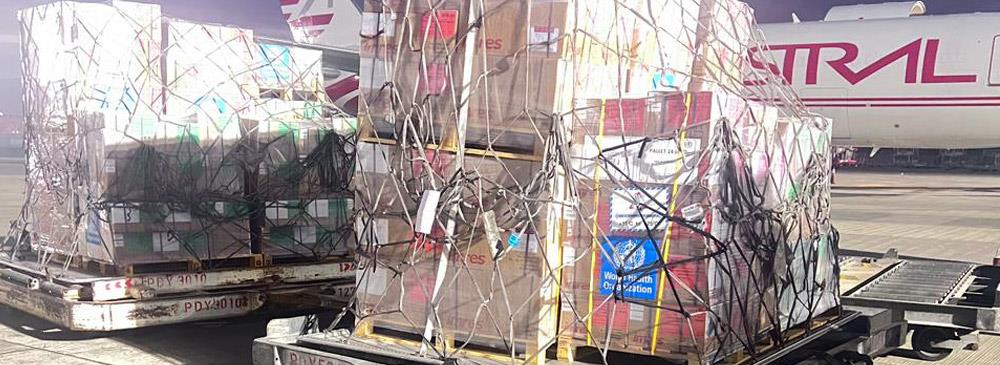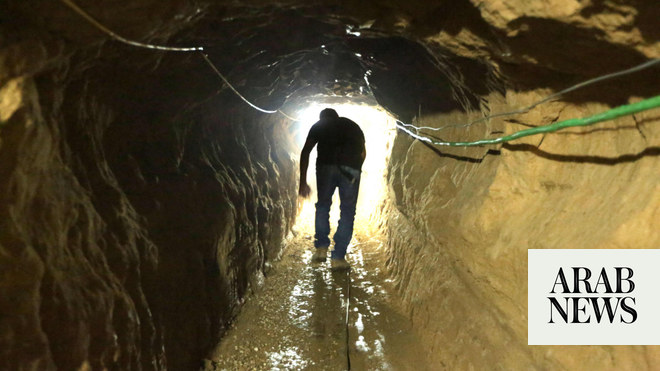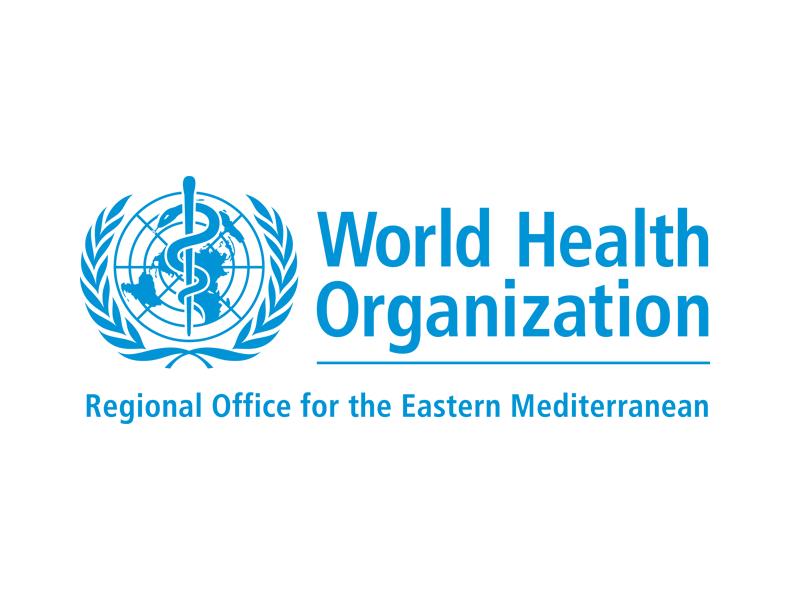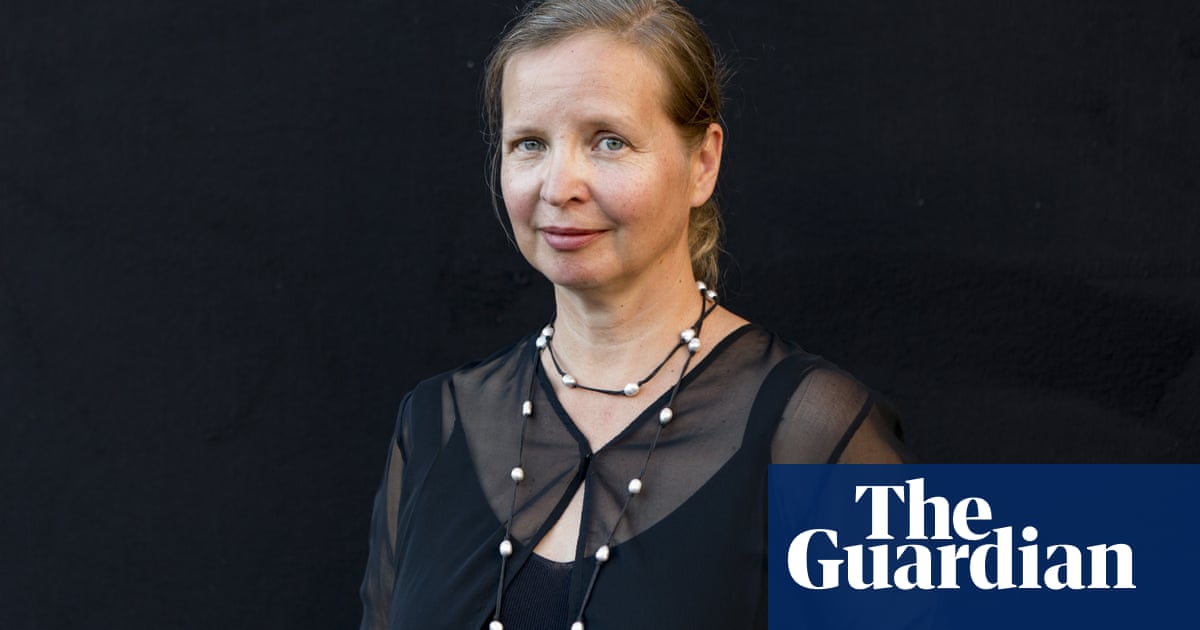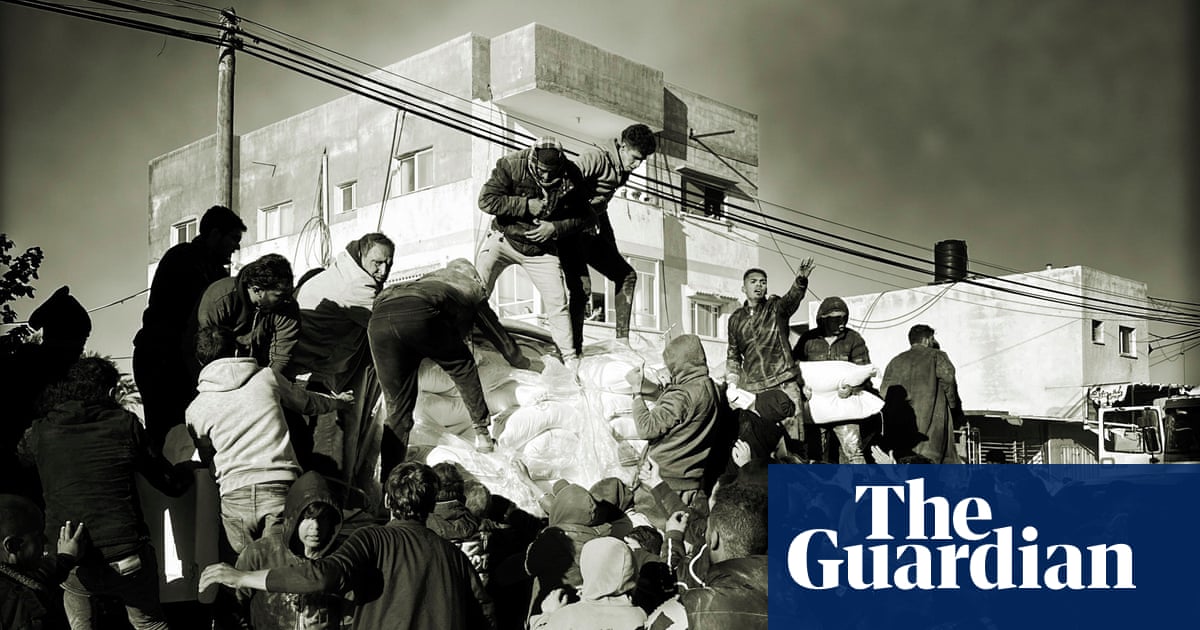
The scale of trauma, suffering and devastation in Gaza has reached a level that is barely imaginable, according to a photographer with the World Health Organization who spent more than a month documenting the UN agency’s work in the strip.
Chris Black, who recently returned after five and a half weeks in the Palestinian territory, said the most shocking moment came during a mission to a hospital.
“It was the first time I went to the Nasser hospital in Khan Younis. We were waiting there for the green light to leave and return to Rafah. There was a woman there holding a child. She kept asking: ‘Are we safe here?’ Asking over and over again. She’s in a hospital that is a protected place under international humanitarian law. I wanted to say: ‘Yes, you should be safe.’” But Black couldn’t. “I won’t forget that,” he said.
The assignment had a profound impact on Black. “I’ve been working in the humanitarian field for 30 years – conflicts, health emergencies and disasters. But this felt like a life-changing experience. If you talk to any humanitarian worker in Gaza at the moment, they will say the same.
“You don’t want to compare emergencies but this has taken to another level. I don’t usually cry but don’t think I’ve ever cried so much on a mission. We were staying in Rafah where there are incredible numbers of people and everyone you meet has a story of trauma, loss and multiple displacement. But it was when you left to travel elsewhere that you really see the destruction. I found myself doing stuff you don’t usually do as comms person, helping transfer people from ambulances. But I wanted to help.”
The conditions that Black and his colleagues saw in the Gaza hospitals they visited were horrific, including at the besieged al-Amal hospital in Khan Younis.
“I was on two missions to al-Amal. The first was to go and meet the hospital director to see their needs and how we could best help. What I remember most was the destruction coming into the facility. Coming through Khan Younis there was utter devastation. You didn’t see many people. When we got to the hospital perimeter it was just debris and smashed-up cars.
“The health workers from the Palestinian Red Crescent Society hadn’t left the building in over a month. We were talking to them in the parking lot and they hadn’t even been in the parking lot in a month. It was a sunny day and they said they hadn’t seen sun in weeks. They couldn’t go to the top floors of the hospital because of the snipers and shelling.
“Just imagine the courage to stay there and stick it out with the patients and their families. Because we were there they took advantage of the opportunity to go to the building next door to get food they had not been able to reach for a month.”
At the Nasser hospital, also in Khan Younis, the WHO team found similar scenes of destruction. “I first visited two weeks before it was besieged. Even then it was overflowing with people but it was kind of working. It had a little bakery,” Black said.
“The next time, a fortnight later, after it had been under siege, it was just a nightmare, full of debris and sewage, with no electricity. People had been there for two weeks with little water and food, barely surviving. We went with the director to refer the last patients from the ICU. He hadn’t been able to get to that building for two weeks. He was seeing the staff there for the first time in that period, saying: ‘I’m so glad see you.’”
In Rafah, nowhere felt safe, he said. “You sense it’s one of the most densely populated places world. People are living everywhere. On the streets, in tents, living in cars, houses with 30-40 people living them, thousands in every Unrwa shelter. There’s a stench of sewage, tents on roofs. Every inch of space is occupied. Everyone exhausted.
“And nowhere is safe, really. Everyone asks the same question. Should we stay here or should we try and go somewhere else?”
Then there is the desperation driven by growing hunger. “I was there for the first airdrops [by the Jordanian air force]. Most of it fell into the sea. All aid is welcome but in the end it makes more sense to use the roads.
“I’ll never forget getting stuck near a checkpoint on our first mission to bring food to the Nasser hospital. We were waiting in an area before the checkpoint, waiting for the green light to go ahead, waiting on coastal road as another convoy was being looted. As we waited a crowd was gathering. Dr Ahmed, our team leader, was negotiating with the crowd, saying it’s food for the hospital. Just talking for 90 minutes until they just started taking the bags of food and then within minutes the food from two trucks had been taken.”
There were moments, too, of a dissonant normality that Black said served only to remind him of how abnormal the situation in Gaza was. “While I was there I would see kids more and more flying kites. The children are not in school and in the evenings when there’s a breeze and sun’s setting all you see is kites come up from camps and from the city. Like a little bit of peace up in the sky. It was just inspiring how kids just want to play.
“And that’s the thing. There’s just an overwhelming need for peace. Everyone says it. We don’t need peace for a day or a few days. We need a proper peace and to access basic commodities like food and sanitation and access to health. It’s as simple as that. As simple as peace.”




